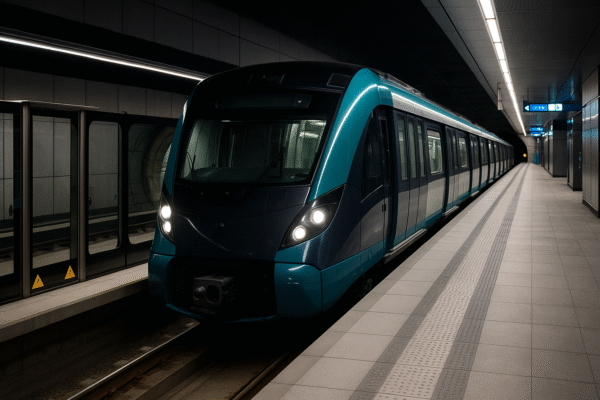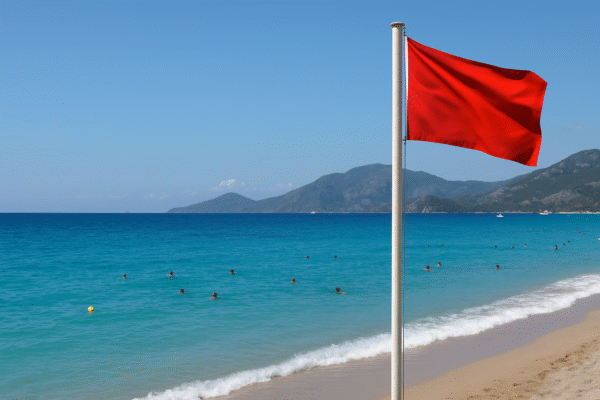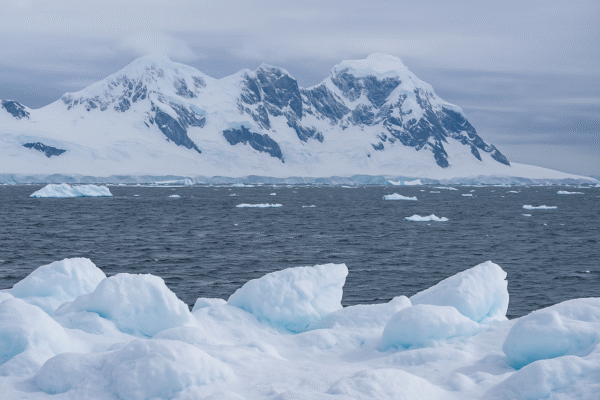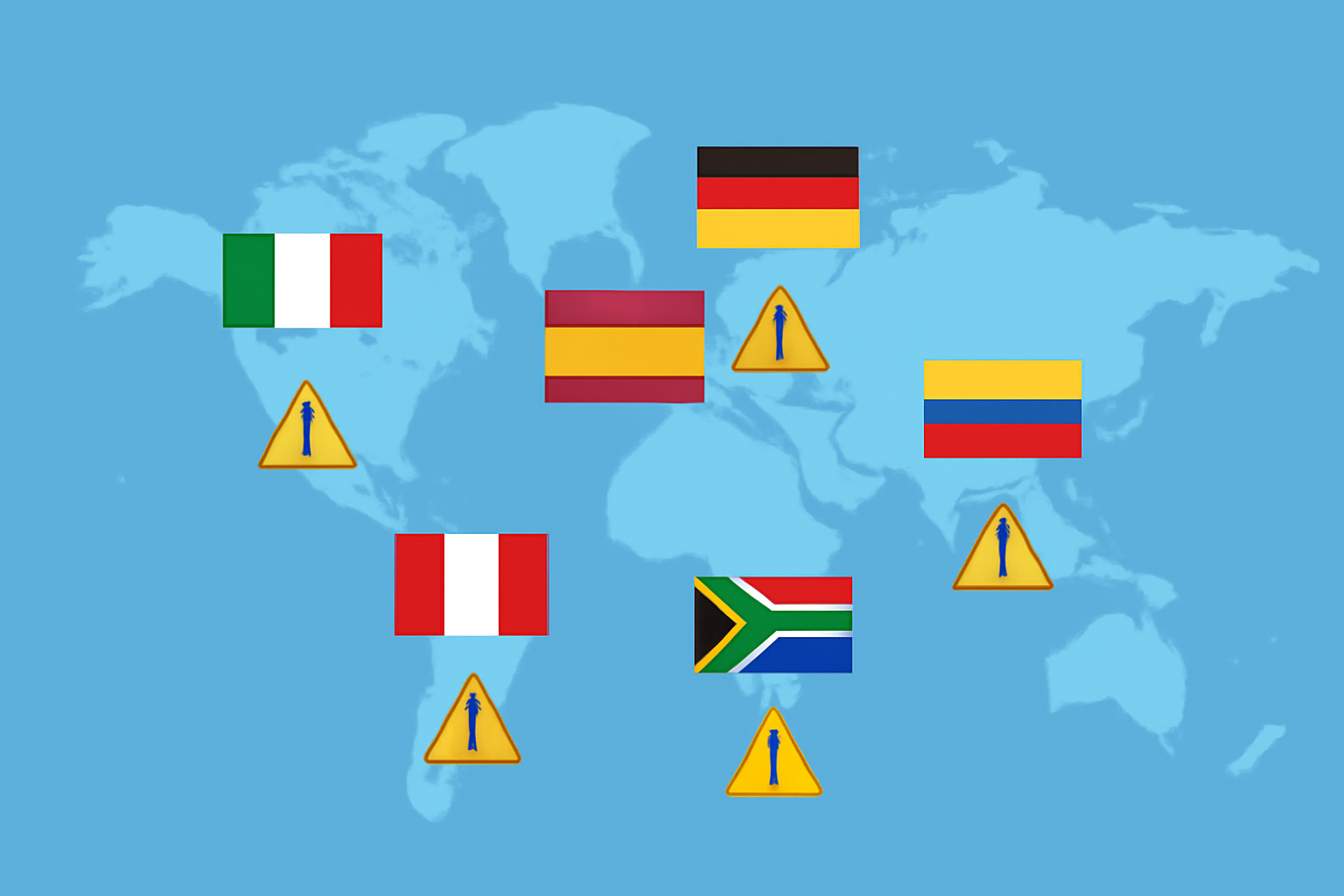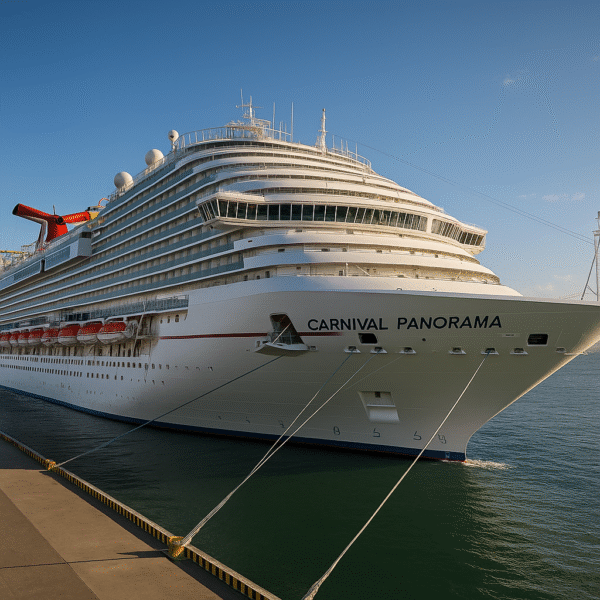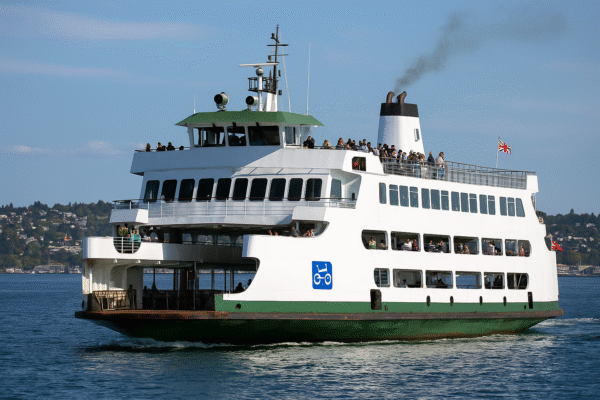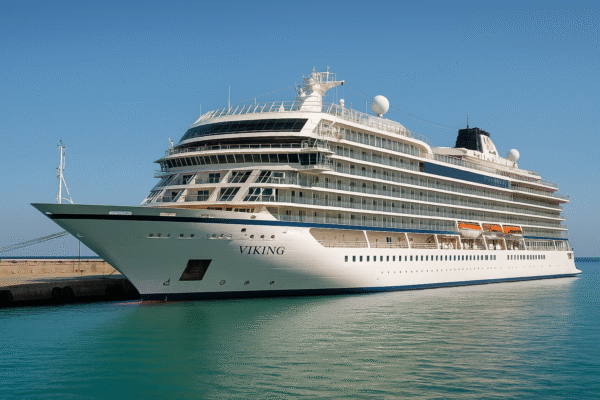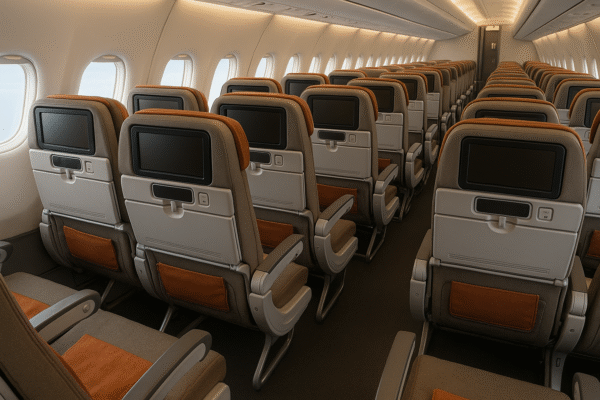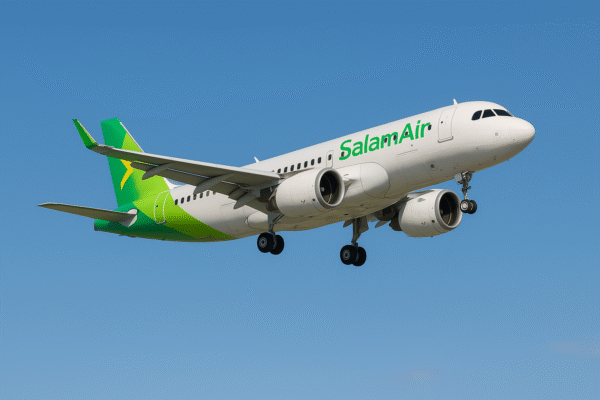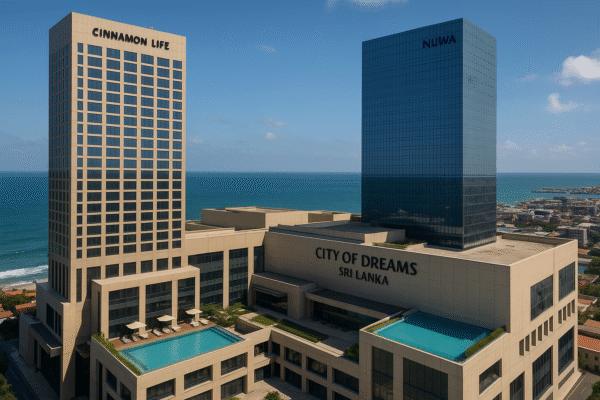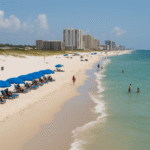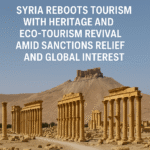Sabah Tourism Booms with New Resorts in Semporna as Visitor Arrivals Hit 1.44 Million
Sabah’s east coast is experiencing a vibrant revival as tourism infrastructure rapidly expands across Semporna and its nearby islands. The latest wave of hotel and resort developments—ranging from overwater chalets to luxury beachfront lodges—highlights renewed global confidence in the region as a safe, scenic, and high-potential destination.
The unveiling of Seafest Regency Resort and Pearl Bohey Dulang Resort in early 2025 has signaled a new chapter for Sabah’s tourism economy. These establishments are strategically designed to cater to both international and domestic travelers, providing high-quality accommodation amid some of Malaysia’s most breathtaking island landscapes.
Nestled near popular diving and snorkeling sites like Pulau Bohey Dulang and Pulau Sibuan, these resorts capitalize on Semporna’s natural draw—its turquoise waters, coral reefs, and marine biodiversity. The increase in hospitality investments reflects growing interest from global travel markets, especially as Sabah’s eastern coast continues to be viewed as a safe and enriching travel zone.
Enhanced Security Bolsters Visitor Confidence in ESSZone
Integral to this tourism growth is the strengthened security framework within the Eastern Sabah Security Zone (ESSZone). Coordinated efforts by Malaysia’s federal and state governments have reassured both investors and travelers of Semporna’s stability. Frequent joint patrols by the Malaysian Armed Forces, Marine Police, and Eastern Sabah Security Command (ESSCOM) have helped ensure peaceful conditions in key tourism areas.
Earlier this year, a high-profile delegation of international diplomats and government officials visited Semporna, publicly endorsing the region’s improved safety record. Their endorsement has contributed to a surge in tourism confidence, particularly among European and East Asian travelers.
The region’s recovery from past security concerns is notable, with consistent reports showing enhanced infrastructure and seamless visitor mobility across islands and mainland sites. These improvements align with the Ministry of Tourism, Arts and Culture (MOTAC) and Sabah Tourism Board (STB) strategies to position Sabah as a premier nature-based destination in Southeast Asia.
Record-Breaking Arrivals Signal Robust Tourism Recovery
Tourism statistics released by the Sabah Tourism Board show a healthy rebound in travel demand. Between January and May 2025, Sabah welcomed 1.44 million tourists, generating RM3.3 million in tourism receipts during the first five months alone. This performance represents a promising rebound post-pandemic, as travelers prioritize remote, eco-rich destinations.
China remains Sabah’s largest international source market, accounting for 243,688 visitors during the same period. South Korea contributed 76,685 arrivals, while European markets surged by 25.6% year-on-year, with 35,240 travelers. The UK and Ireland led the European segment with 13,910 tourists, followed by Germany (3,854) and France (2,750).
North American markets also showed growth, with the United States delivering 9,356 arrivals and Canada adding 2,949 visitors. This diversified inflow demonstrates Sabah’s growing appeal across multiple continents.
Sustainable Development at the Heart of Semporna’s Growth
Local stakeholders have taken proactive steps to ensure that Semporna’s tourism boom aligns with environmental preservation. Resorts such as Pearl Bohey Dulang are constructed using eco-conscious designs, including overwater stilts that minimize coral disruption and promote marine conservation.
These efforts are complemented by collaborations between local tour operators, fishermen cooperatives, and non-profit environmental groups working to protect reef habitats and promote responsible diving practices. Marine parks like Tun Sakaran Marine Park are playing an increasingly central role in both tourism and conservation education.
Furthermore, the expansion of homestay programs and community-based tourism initiatives in nearby islands like Pulau Omadal and Pulau Bum Bum offers travelers immersive cultural experiences while channeling income into indigenous Bajau and Suluk communities.
Strategic Vision for the Future
With a robust tourism roadmap supported by Sabah’s Ministry of Tourism, Culture and Environment, the state continues to attract both government and private investment. The launch of more resort projects in 2025 and beyond—including potential foreign-branded developments—is expected to accelerate Semporna’s rise as a high-end island destination.
Plans for improved jetty access, better ferry connections to Tawau, and direct charter flights from regional hubs like Shenzhen, Seoul, and Tokyo are under discussion to facilitate visitor movement. This infrastructure expansion will further enhance Semporna’s accessibility while supporting long-term tourism growth.
Additionally, local authorities are exploring the implementation of a digital entry system for marine park access, promoting visitor tracking and sustainable limits on daily tourist volume—a model similar to those used in Bali and Palawan.
Conclusion: Semporna’s Tourism Transformation is Well Underway
Sabah’s transformation into a sought-after travel hub is anchored by the rise of Semporna as its crown jewel. The combination of newly launched resorts, upgraded security in ESSZone, and an influx of international arrivals marks a turning point for the state’s tourism narrative.
As Semporna’s coastal skyline begins to feature more overwater villas and eco-friendly lodges, the region is clearly gearing up for a new era of sustainable, safe, and luxurious tourism. For global travelers seeking a unique blend of adventure, nature, and culture, Sabah—and especially Semporna—offers an experience that is both timeless and timely.
For more travel news like this, keep reading Global Travel Wire

